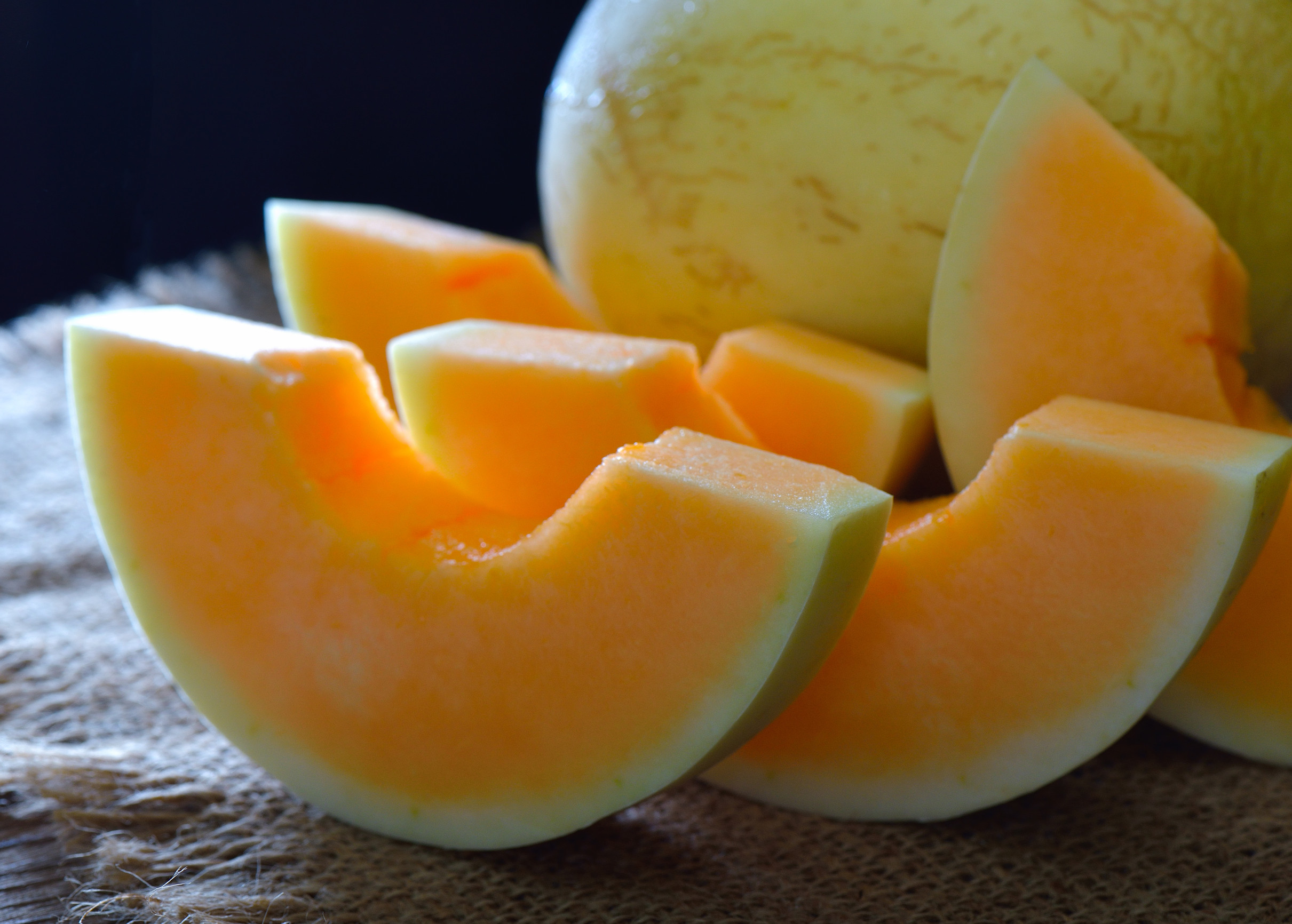
We all like convenience, especially when time is tight after a long day. But there’s one grocery item that’s often marketed for ease (pre-cut produce) that you’re better off avoiding. Choosing whole produce over pre-cut versions not only saves money but can protect your health, maintain nutrients, and reduce waste. Knowing what you should never buy pre-cut helps you shop smarter and keep your meals fresher. Let’s dive into which item you should always buy whole and why doing so matters.
Why Pre-Cut Produce Often Comes With Hidden Risks
When you buy fruits or vegetables already cut, you lose the natural protective barrier of rinds, skins, or peels. That barrier helps keep bacteria and contaminants out, but once it’s removed, the exposed flesh becomes vulnerable to contamination. In fact, fresh-cut produce is considered a higher risk for foodborne illness because bacteria can multiply more easily on cut surfaces. Also, pre-cut produce tends to spoil faster, losing freshness, flavor, and nutritional value over time. The convenience might cost more than you think.
The One Item You Should Never Buy Pre-Cut: Melons
Melons, especially watermelon, cantaloupe, and honeydew, are the top culprits you should never buy pre-cut. Their thick rind protects interior flesh from contamination, but once cut, bacteria on the rind or from surface contact can spread into the juicy flesh. In 2019, a Salmonella outbreak was traced back to pre-cut melon products, highlighting how risky pre-cut melon can be. Also, once cut, melon flesh becomes a prime medium for bacterial growth, especially when temperature control is imperfect. Because melons spoil fast once exposed, pre-cut melon products often lose texture and taste more rapidly. Buying a full melon and cutting it just before you eat it gives you safer fruit, better flavor, and more control.
The Downside: Nutrient Loss and Spoilage
Beyond contamination risk, pre-cut produce loses nutrients faster than whole produce. Vitamins like C and some B vitamins are water-soluble and degrade when exposed to air, light, and heat. In one nutrition study, fresh-chopped onions lowered inflammation markers, but the same amount of pre-chopped onions did not show the same benefit. The smaller the cut pieces, the faster the respiration and breakdown of sugars, meaning shorter shelf life and more banging texture changes. So you pay extra, but get less nourishment and shorter usability.
Cost, Packaging, and Environmental Impact
Pre-cut fruit and vegetables often carry hefty markups. You pay not just for the produce, but for labor, processing, packaging, and convenience. For instance, diced onions or cubed squash in pre-cut bags may cost many times more per pound than the same item in its whole form. The extra packaging, typically plastic containers, also adds to environmental impact, energy use, and waste. When you avoid pre-cut melon (or other produce), you save your wallet, reduce plastic waste, and reduce resource usage in production.
How to Safely Buy and Prep Melons (and Other Produce)
If you avoid pre-cut melon, how do you handle it safely and conveniently? First, wash the whole melon under running water and scrub the rind before cutting to reduce surface contamination transfer. Then use a clean cutting board and knife, and cut just what you’ll eat soon. Store leftover slices in clean airtight containers, refrigerated, and consume within a couple of days. Consider cutting the melon into thicker slices rather than small cubes. Less surface area means slower spoilage. Practice good hygiene, refrigerate promptly, and you’ll get the benefits without the risks.
When Pre-Cut Might Make Sense (But Not for Melons)
While melon is one you should never buy pre-cut, there are cases where pre-cut produce can be acceptable for convenience. Vegetables you intend to cook (not eat raw) may safely lose a bit of surface protection. Also, pre-cut items handled under strict controls (e.g., vacuum-sealed, QC-monitored facilities) may be safer than impulsive cuts. But even then, you lose some nutrients and pay more for processing. Always check expiration dates, packaging, and store conditions. Use such items quickly and avoid pre-cut melon in all scenarios.
In short, the one item you should never buy pre-cut is melon. Because melons grow near the ground, have thick rind, and moisture-rich flesh, they combine high contamination risk with rapid spoilage once cut. Buying melons whole helps you keep control over safety, freshness, flavor, and cost. While pre-cut produce has its conveniences, the tradeoffs (higher price, nutrient loss, and health risk) are real. Stick to cutting melons yourself and use pre-cut produce sparingly and wisely.
What’s your experience with pre-cut produce? Ever had a melon sitting soggy or go bad too fast? Tell me your stories (or defenses) in the comments below!
What to Read Next
- 6 Things You Should Never Buy on a Tuesday
- Behind the Scenes: 8 Things Grocery Employees Say You Should Never Buy on Mondays
- 6 Items You Should Never Buy Without Checking the Lot Number
- 9 Things You Should Never Buy From Store Endcaps
- 10 Items You Should Never Buy at Convenience Stores Anymore
The post What’s the One Item You Should Never Buy Pre-Cut? appeared first on Grocery Coupon Guide.







